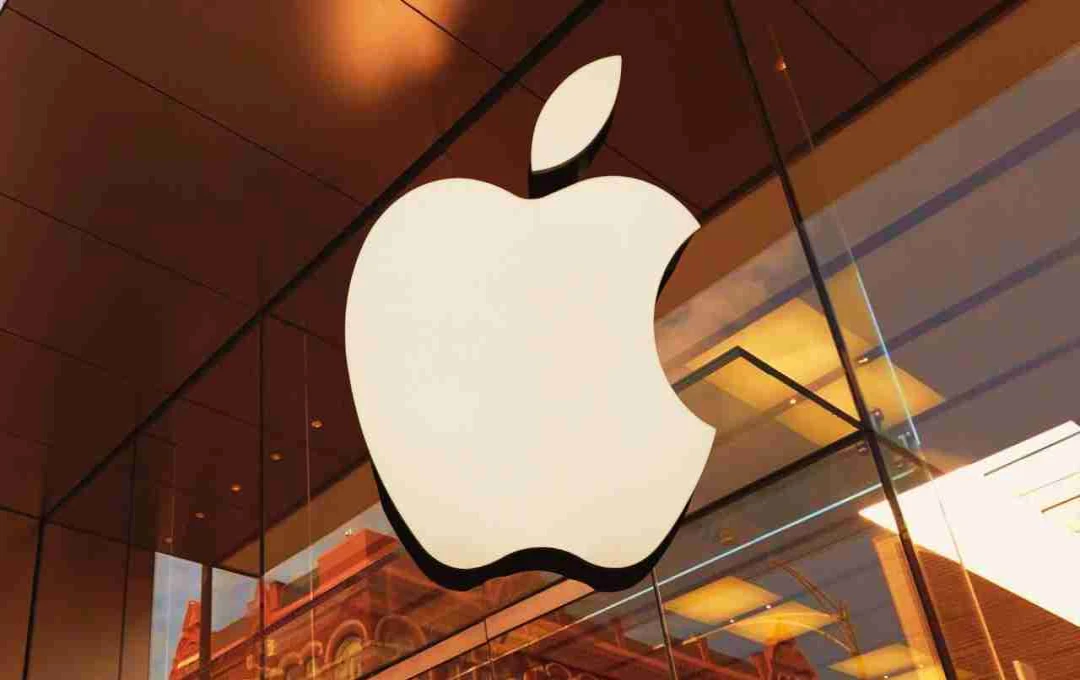In today's digital age, internet speed and reliable connections are crucial. Normal internet (DSL, cable, fiber) offers low latency and fast speeds, while satellite internet is useful in remote areas. In terms of speed and stability, fiber broadband is a better option for cities and online activities.
Internet: In the digital age, the internet has become essential everywhere, but there is a significant difference between normal and satellite internet. Normal internet, which includes DSL, cable, and fiber, provides fast and reliable connections in cities and towns. Satellite internet is useful in remote areas where cable or fiber does not reach. According to experts, fiber-based normal internet is more suitable for activities like online gaming, video calls, and streaming, while satellite internet should only be used as an alternative solution.
The Importance of Internet Speed and Reliable Connections
In today's digital age, the internet has become an integral part of everyone's life. Whether for work, study, or entertainment, a fast and stable connection is essential. The main types of internet include normal internet (DSL, cable, fiber) and satellite internet. It is important to understand the technical differences and suitability between the two.
Normal Internet

Normal internet includes DSL, cable, and fiber optic. It typically provides connections via underground cables or towers. Fiber broadband can offer speeds from 100 Mbps to 1 Gbps. Due to its low latency, it is better for video calls, online gaming, and streaming. Normal internet is widely used in cities and towns and is less affected by weather.
Satellite Internet

Satellite internet sends data directly from a satellite, eliminating the need for ground cables. It is beneficial in areas where normal internet is unavailable. Recently, services like Starlink and OneWeb offer speeds from 50 Mbps to 250 Mbps. However, it has higher latency, and connections can be affected by weather conditions.
Which is the Fastest and Most Reliable?
In terms of speed and stability, fiber-based normal internet is superior to satellite internet. Normal internet provides low latency and consistent connections, whereas satellite internet is useful when other options are unavailable. Despite new technologies, satellite internet continues to face challenges due to weather and distance.
Both normal and satellite internet have their advantages. For users in cities and those requiring high speeds, fiber broadband is the superior choice, while in remote rural areas, satellite internet can prove to be a lifeline. Readers are advised to choose an internet service according to their needs and location.















